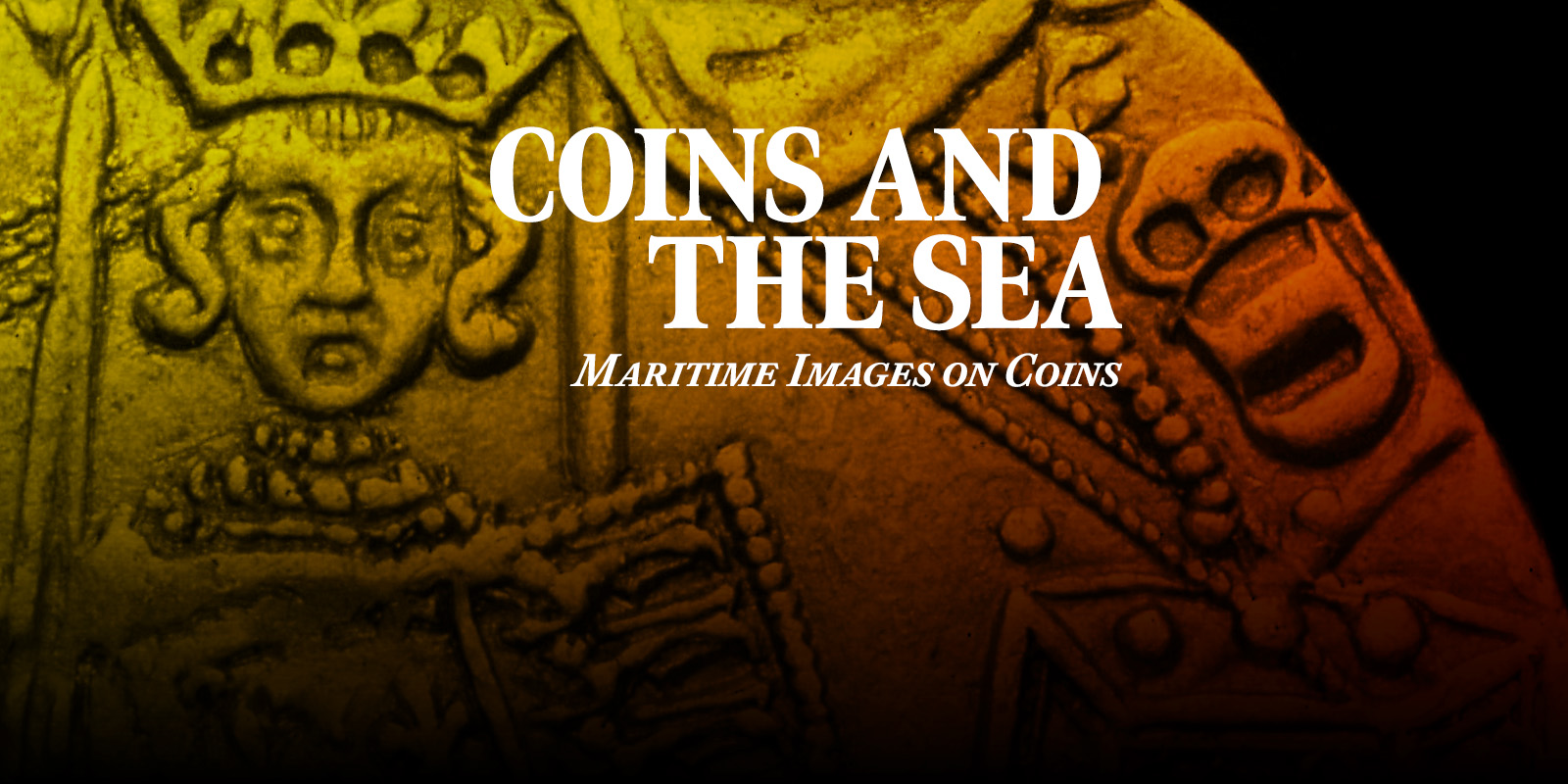
Maritime Imagery
Episode 1
Whether in warships or life saving, Britain’s naval heritage has had a lasting impact on its currency for centuries. In this episode, explore the story of British naval history through coins of the past.
Throughout time, coins have been a powerful way of conveying wealth and status, granting influence and power to those who have them. As such, they are transformative objects and have become central to many of our ancient ceremonies and traditions. Ranging from the coronation through to centuries old religious ceremonies, like the Royal Maundy, or as part of the wedding ceremony with a silver sixpence in a bride’s shoe, we dive into the many ways coins are used in customs and why they still play a pivotal part in our ceremonies.
In this episode we speak to the Bishop of Norwich, the new Royal Almoner, after he takes charge of his first ever Maundy service and we see just what the gift of Maundy money means to those who receive it.
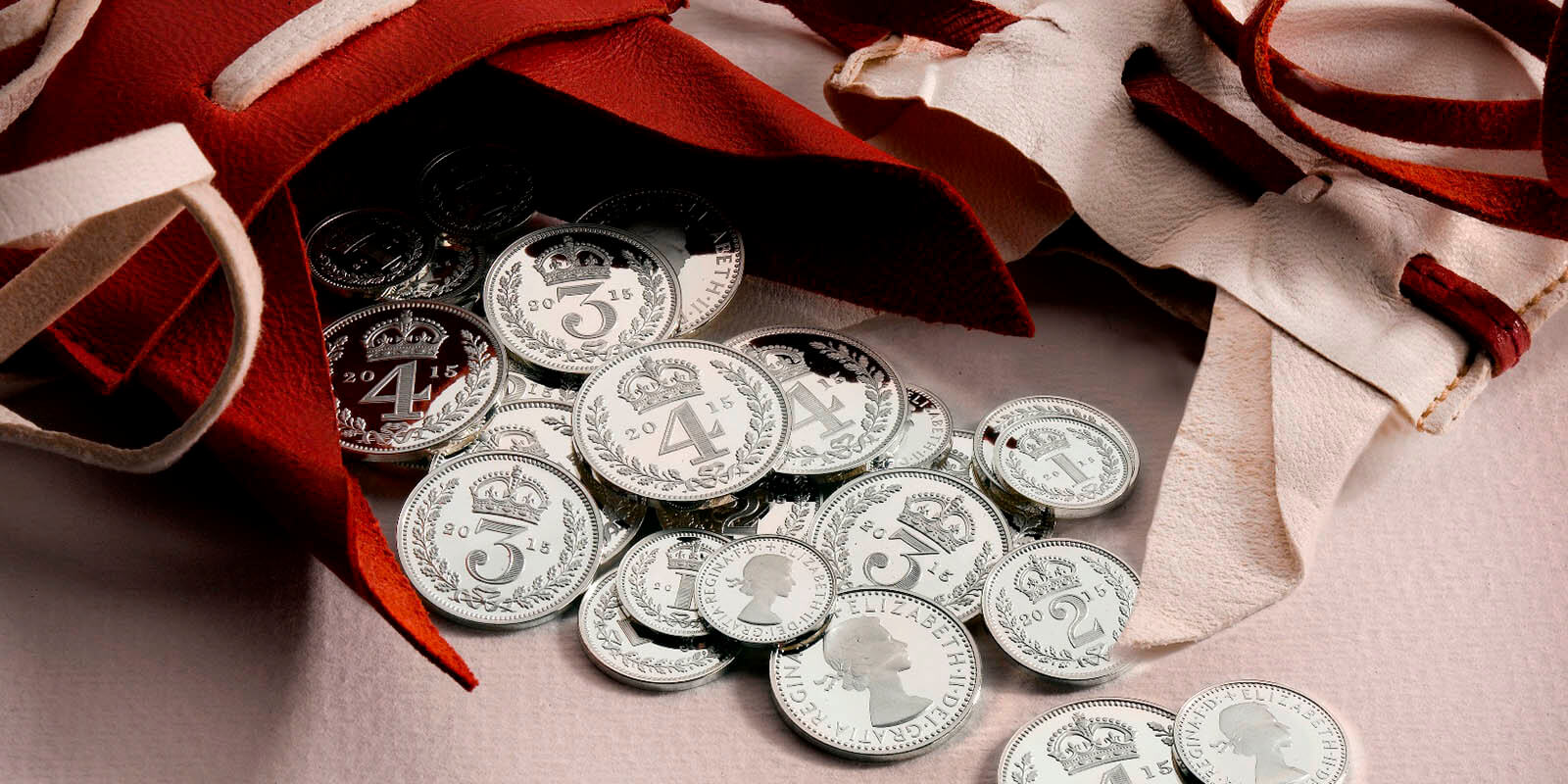
Every Easter, a centuries-old tradition unfolds in a ceremony steeped in history.
The Royal Maundy sees the monarch personally hand out specially minted silver coins to individuals chosen for their outstanding Christian service. These coins, whose designs have remained virtually unchanged since the 1600s, carry deep historical significance and are treasured by recipients.
The ceremony itself dates back to medieval times, when monarchs not only gave money and gifts to the poor but, in a striking act of humility, even washed the feet of those honoured. Today, the Royal Maundy remains a powerful gesture of gratitude and service.
Curious to learn more about this ancient and meaningful ceremony? Click here to discover the story behind the Royal Maundy.
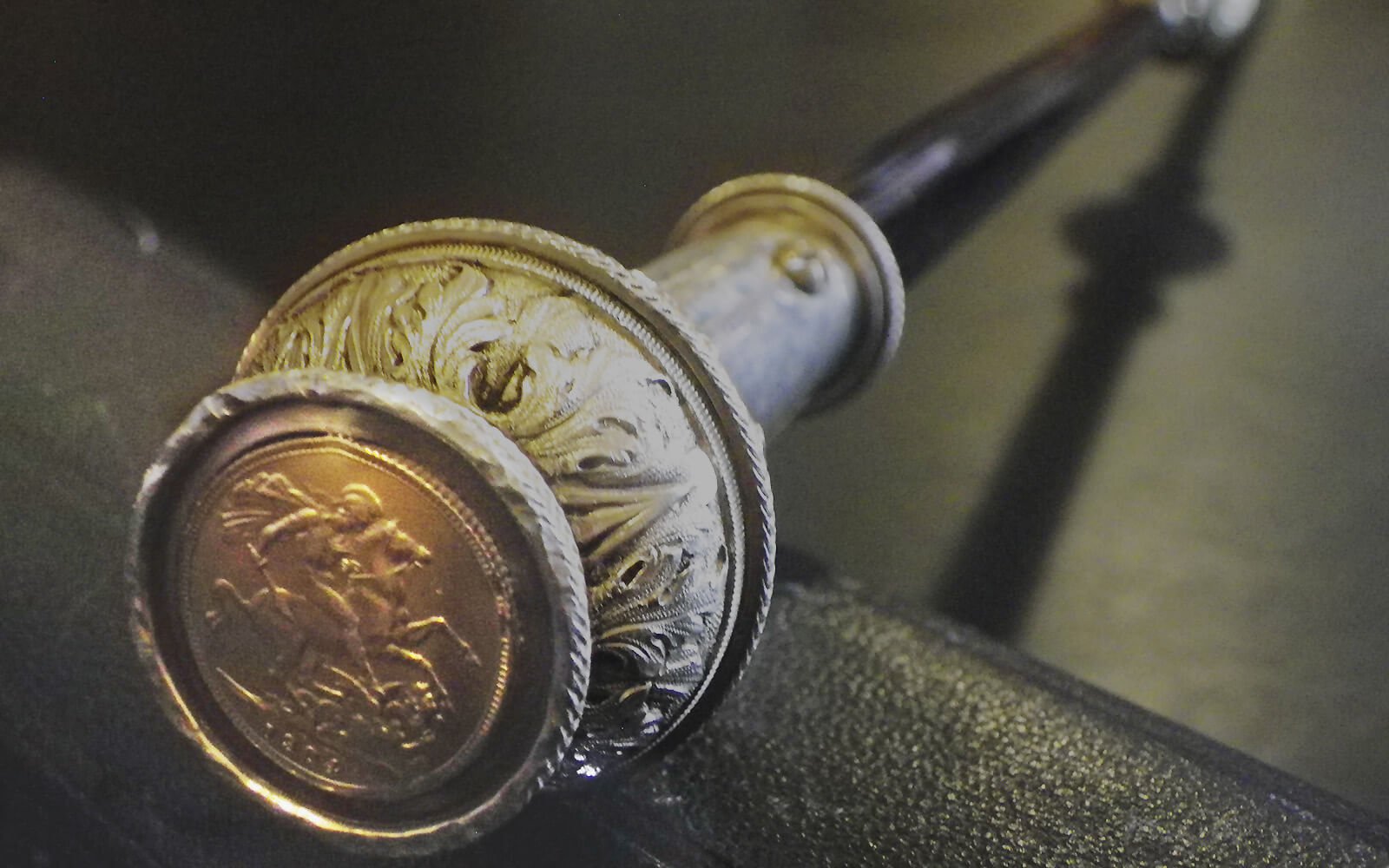
Coins can turn up in the most unlikely places. Housed in the end of the staff belonging to the Lady or Gentleman Usher of the Black Rod (a senior officer in the House of Lords, responsible for controlling access to and maintaining order within the House and its precincts.) is a 1904 sovereign. This coin has been hammering on the doors of the House of Commons as part of the ceremony of the state opening of Parliament for well over a century.
To be part of such an important occasion, heralding the arrival of the monarch to Parliament, speaks volumes about how the sovereign was viewed by the British establishment and public at the start of the 20th century.
Find out more about Black Rod's parliamentary duties here.
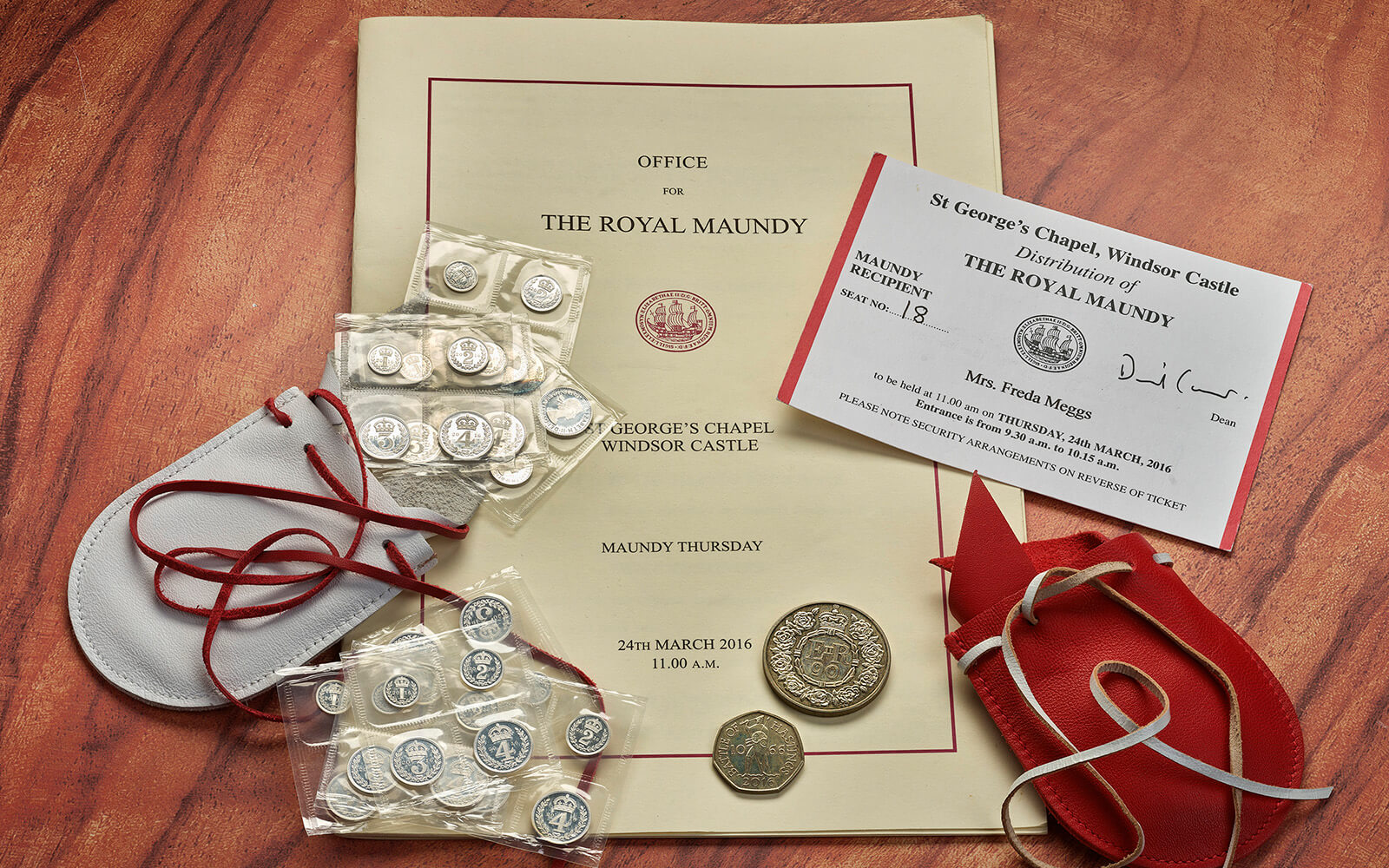
Here at the Royal Mint we are proud to produce the Maundy coins each year but we don’t often hear what it’s like to receive them.
That changed in a deeply moving way when we received a bequest from Freda Meggs, a Maundy Money recipient who was honoured in 2016 by Her late Majesty Queen Elizabeth II. Mrs Meggs’ gift offered us more than just a connection to this royal tradition—it opened a window into a life of quiet dedication and Christian service.

Historically monarchs were seen as so powerful that their touch alone was thought to cure disease, particularly in cases of scrofula. Known as the ‘King’s Evil’, this swelling of the lymph glands in the neck could cause blindness and even death.
A ceremony grew up around this and it was customary to give the sufferer an object which had been touched by the monarch. A gold coin first introduced in the 1460s, the angel, came to be associated with this ritual, probably because its design portrays the archangel St Michael, the heavenly warrior who defends against evil, slaying a dragon. These ‘touch pieces’ are frequently found pierced to accommodate a white ribbon allowing recipients to wear them around their neck to ward off the disease.
Click here to find out more about the angel on our first season of the podcast.
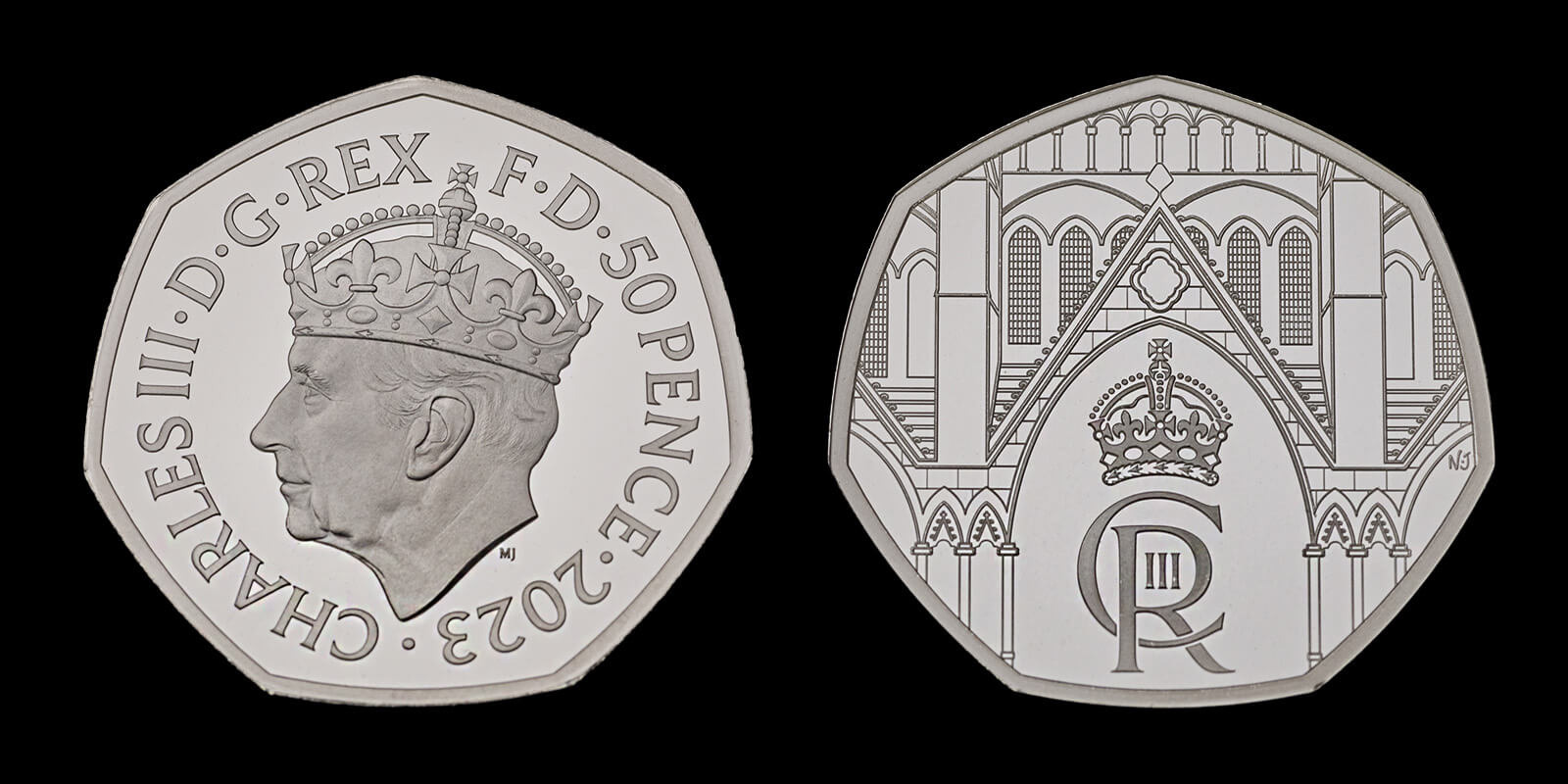
The recent Coronation ceremony of King Charles III in May 2023 featured the presentation of 100 fifty pence coins to the monarch by The Lord President of the Privy Council, and Leader of the House of Commons, Penny Mordaunt. The coins were exchanged for the Jewelled Sword of Offering as part of an ancient custom. The coins chosen were struck to commemorate the Coronation with a reverse design inspired by Westminster Abbey.
Our guests in this episode were Rt Revd Graham Usher and Bob Meggs . Click here to find out more about them.
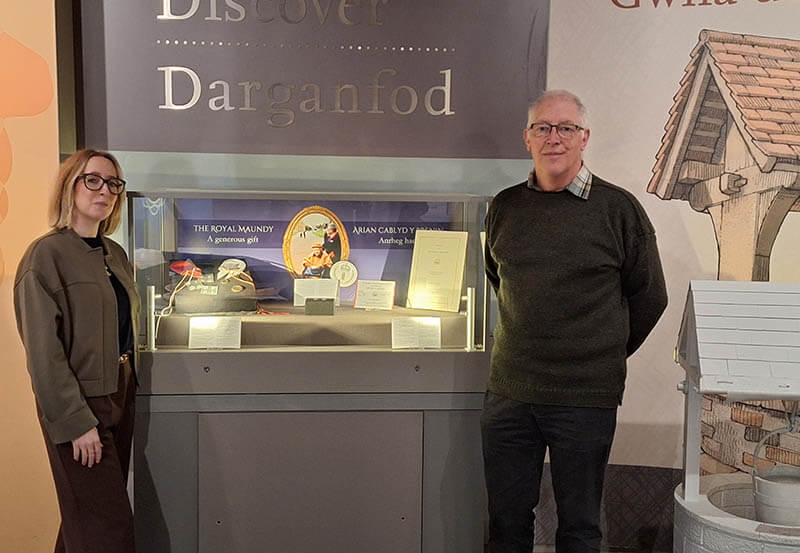

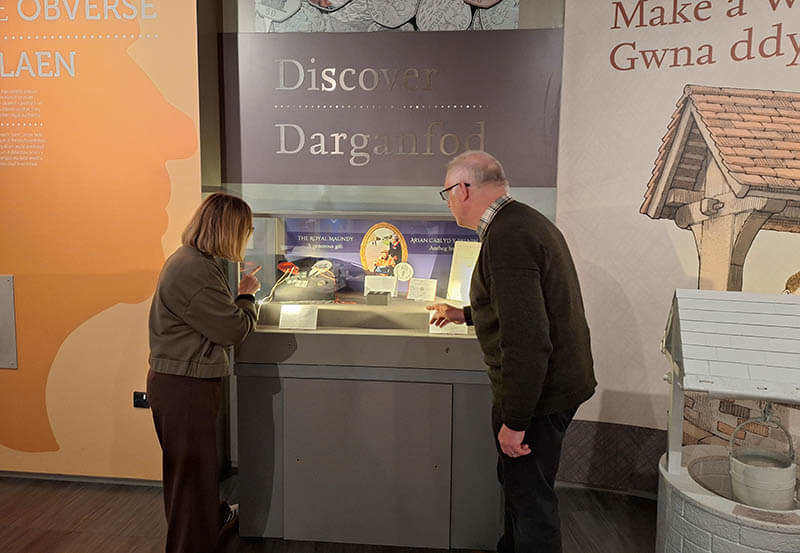

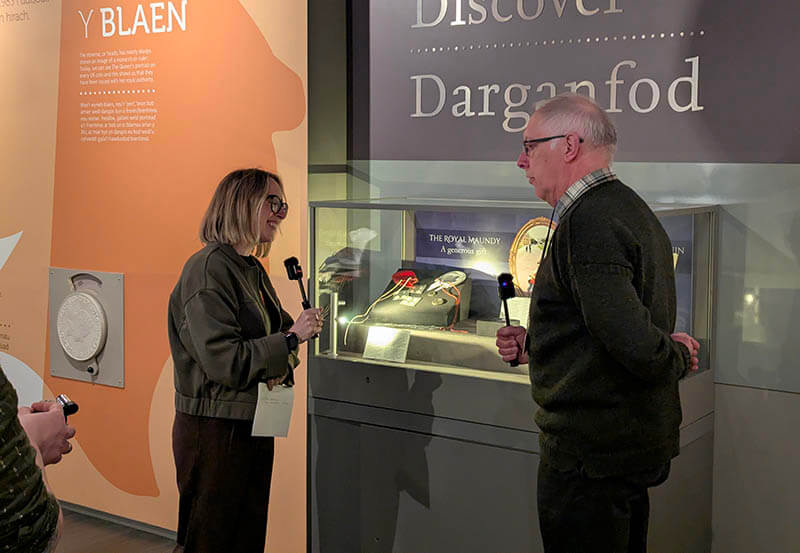

Episode 1
Whether in warships or life saving, Britain’s naval heritage has had a lasting impact on its currency for centuries. In this episode, explore the story of British naval history through coins of the past.
Episode 2
From pub signs to punk art, the robed and armed female figure of Britannia permeates British identity. Find out how this Classical figure developed through coinage and medallic art to become a figure of the nation.
Episode 3
The golden age of sail gave way to a world of global trade, where gold and silver could be sailed internationally for vast profit. Explore how the money made from and used for this trade shaped British history.

